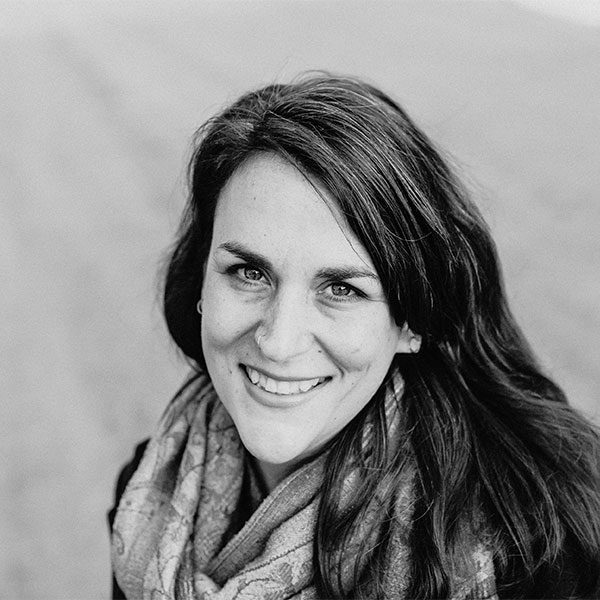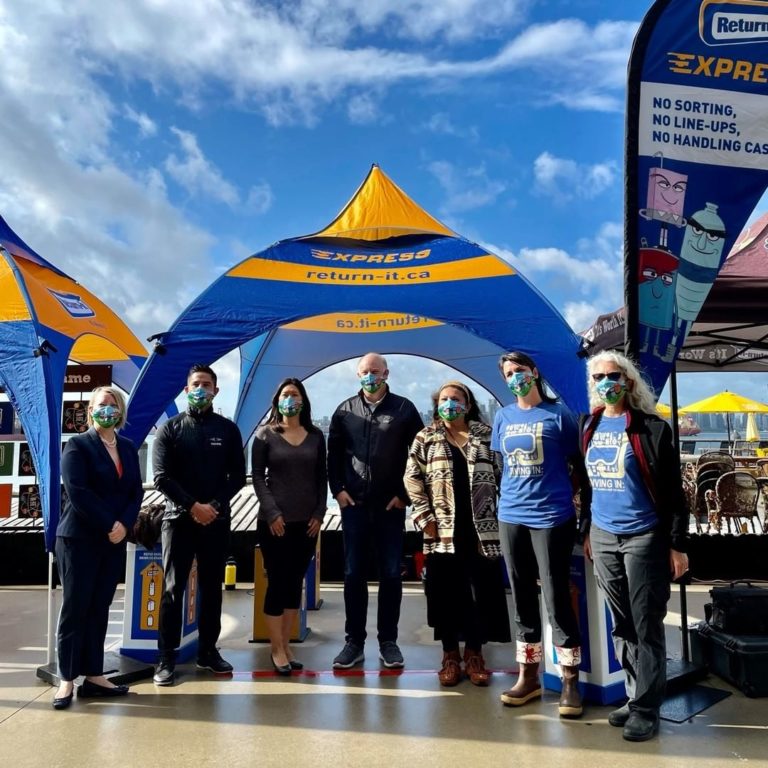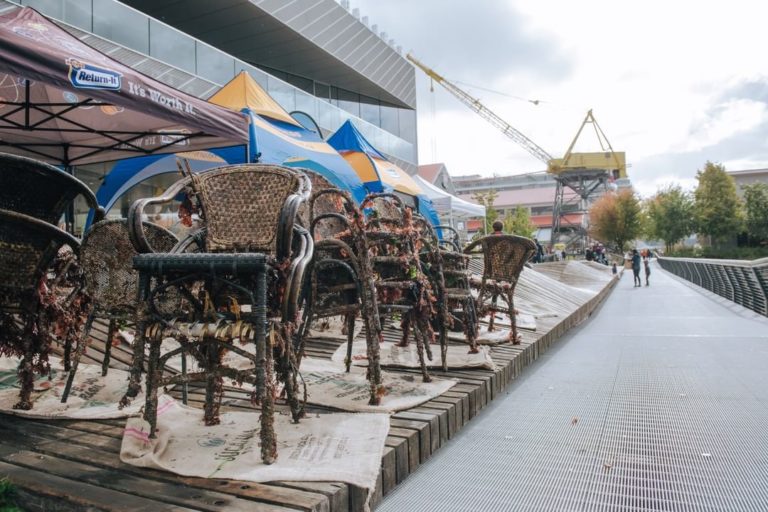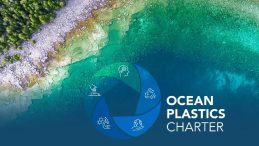
This month’s #LocalHero is Amy Liebenberg, Executive Director of The Squamish Arts Council and one of the leaders of the new environmental art campaign: Diving In: The Art of Cleaning Lakes and Oceans.
The new campaign aims to raise awareness of the waste in our lakes and oceans by transforming collected trash into beautiful art. The campaign will be run in collaboration by the Sea to Sky Arts Council Alliance (Pemberton Arts Council, Arts Whistler, the Squamish Arts Council, Lions Bay Arts, The Hearth Arts on Bowen), West Vancouver Arts Council, and North Van Arts. The art council collective will be working with volunteer divers from Divers for Cleaner Lakes and Oceans (which Amy volunteers for!), Return-It, and local artists, and school groups.
We asked Amy a series of questions to learn more about this amazing project, and what future endeavors are planned once the art has been created.
1) Tell us a bit about yourself and what personally motivated you to start cleaning up our West Coast beaches and telling the story?
I’ve been SCUBA diving for many years. Diving and conservation often go hand-in-hand because we are very protective about our dive sites. Divers are always picking up garbage above and below the water. I also have been involved with environmental efforts since I was a child!
2) How did Diving In: The Art of Cleaning Lakes and Oceans come to be?
I’m a volunteer diver for the group Divers for Cleaner Lakes and Oceans, and we decided to create an art campaign to raise awareness of the problem of water pollution in a really unique way! Artists are often at the forefront of social change, so it was a really good fit right from the start.
3) Can you tell us why beach cleanups are so important?
The tide and wind pull/ push garbage from the beaches into the water. Whether the garbage is on land or in the water, it has the potential to poison/ suffocate/ injure marine life and disrupt delicate ecosystems, so we can all play a part in removing the trash. The act of picking up garbage also allows us to reflect on the trash and why it ended up on the beach in the first place. This in turn allows us to be more conscientious about how much we consume and how we handle the waste.
4) This campaign has many organizations working together to create something beautiful, and meaningful. What has been the main factor that has united you all to come together on this project and your main successes so far?
The arts councils in the Sea to Sky are part of a group that collaborates on various projects. Prior to COVID-19, we tried to put together an environmentally themed touring art show, which was foiled by the pandemic. When Divers for Cleaner Lakes and Oceans founder, Henry Wang, called me with the idea, I knew that we would have a lot of interest! North and West Vancouver Arts Councils joined shortly after and the core group was born! Since then we’ve been so lucky to be supported by a number of amazing partners and sponsors, who see the value in our work, such as Return-It, Squamish Savings, Sea to Sky Courier, Tire Stewardship BC, Whistler Blackcomb Enviro Fund and so many more.
The divers have removed over 40,000lbs of trash to date! That’s from lakes and ocean sites all over BC. How wild is that?
5) How can other people help contribute to the campaign?
Come to a cleanup in-person if you can, or check out our efforts online! Please share our work and help get the word out regarding this very important issue. If you have the ability, we would love a tax-deductible donation that you can send through our website, www.divinginbc.com


International Coastal Cleanup Day Cleanup at the Shipyards. Amy, pictured second from right.
6) What challenges or obstacles do you and the team face when you go pick up litter, or put together the story/art works?
We never know what type of litter we will find or how best to prepare for it. Some really heavy items can be difficult to surface from a lake or ocean floor and may require multiple visits and specialized equipment and diver skill sets. On the shore, we find a lot of broken glass and other teeny tiny microplastics which can be difficult to collect.
We haven’t handed over the materials to the artists yet, but I imagine they will have quite an interesting experience trying to work with some super unusual materials! What would you do with 100 pairs of sunglasses?
7) What has been your favourite experience so far?
The community members who come out to the cleanups. They really get it, and are so passionate about helping with the project, and cleaning up the wild spaces. Children especially are the most enthusiastic and passionate volunteers and it’s wonderful to work with them on creating solutions together!
8) What does the future of the project look like? What future works or clean-ups do you have planned?
Please check out our website events page for the upcoming cleanup dates. On November 13th we will hand over the materials to the artists and then the artwork goes on tour next year! We can’t wait to see what the artists create.
9) Are there any items that you keep coming across every time you remove litter from beaches?
The usual suspects are cans, bottles, sunglasses, golf balls, dog toys, plastic bags and fragments.
10) How can people make a difference in their communities across Canada?
The 4 R’s are a really good start! Refuse single-use plastics, reduce, reuse and recycle where possible. A beach or trail cleanup is bonus points! Even on our streets and roadways because drains connect to our water systems. Water connects us all!


Thank you so much to Amy, Divers for Cleaner Lakes and Oceans, Return-It, the Sea to Sky Arts Council Alliance, West Vancouver Art Council, North Van Arts and every sponsor, artist and volunteer for all of the amazing work you do!
Be sure to follow Amy and the campaign over on Instagram at @divinginbc.
